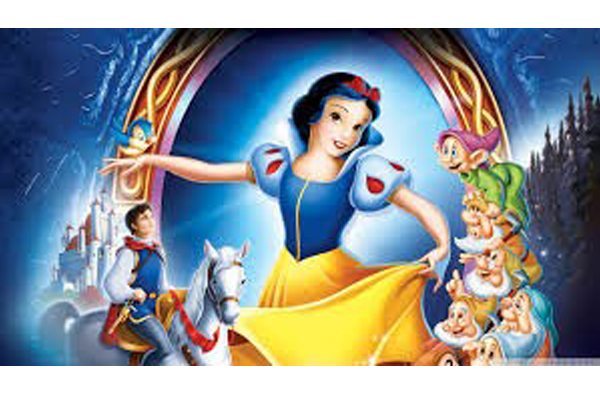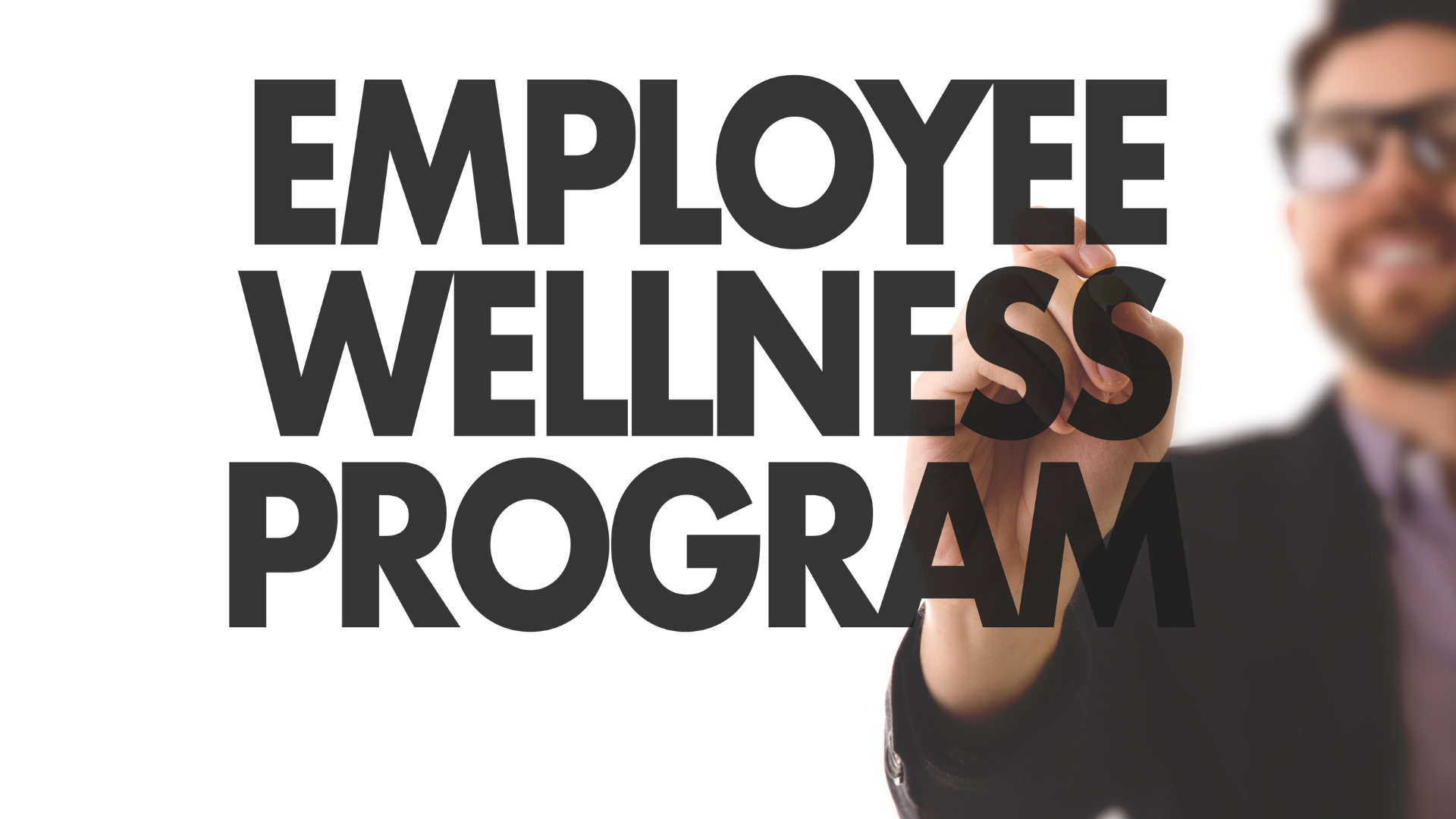When I picked up Disney U by Doug Lipp, I expected a book filled with cheerful anecdotes and magical moments from Disney parks. What I discovered instead was something far more substantial and relevant to anyone navigating the complexities of leadership, culture, or employee engagement.
This is not just a book about Disney. It is a book about building a world-class culture where people take ownership, embody values, and deliver consistently memorable experiences. It is also a book about how those values are sustained not by luck or legacy, but by clear intent and disciplined execution.
Let me take you through the key lessons from Disney U, and how they have influenced how I think about training, leadership, and creating a workplace where excellence is more than a slogan.
A Cautionary Tale: When Snow White Has a Bad Day
Table of Contents
Imagine this. After months of planning, you finally take your children to Disney World. Their excitement is sky-high. The moment they have waited for is finally here. They run toward Snow White, only to see her leaning against a wall, cigarette in hand, looking exhausted and annoyed.
Even if the visit recovers later, that moment is unforgettable. Something magical breaks, quietly but permanently.
Thankfully, Disney’s culture is designed to prevent such moments.
Doug Lipp devotes an entire chapter to this scenario to highlight why Disney cast members, even when having a tough day, do not allow it to seep into their roles. There is no room for off-brand behavior. Not because Disney demands perfection, but because they train for it, support it, and embody it top down.
Lesson One: It Takes Both Art and Science
The cast member playing Snow White must study her movements, expressions, and voice with technical precision. That is the science. But equally, she must interact with guests with warmth, kindness, and joy. That is the art.
At Disney, every employee is trained in both. They master their role technically, but they also learn how to deliver emotional consistency.
This struck me deeply because I see this imbalance often in organizations. People are hired for competence but rarely coached in interpersonal impact.
Technical skills alone are not enough. Soft skills are not optional. The highest performers I have seen are those who combine both and adapt to the moment.
Explore more: Building Trust in Teams
Lesson Two: Employees First, Always
One of the most powerful messages in Disney U is that employee happiness is not a side benefit. It is the foundation of guest happiness.
Doug Lipp shares stories of how Walt Disney himself prioritized crew morale, understood their needs, and listened deeply. His logic was simple. Happy people create happy experiences.
In our own programs, we have seen the difference when companies walk this talk. I remember a CEO who spent three hours on a Sunday speaking to frontline managers. Not in a hurry, not as a formality, but with care. That one act of presence made an unforgettable impact on the participants.
On the other hand, we have also seen how companies cut training budgets first during financial crunches. It sends a message, loud and clear.
Valuing employees is not just about events or rewards. It is about consistent investment. And it starts with mindset.
Lesson Three: Culture Starts at the Top
Lipp shares an unforgettable moment when Walt Disney was furious that a Jungle Cruise skipper did not act surprised during the ride.
He expected the cast to treat every ride as if it were their first. He wanted the experience to feel new for every guest, every time.
What stands out here is not just the standard, but the source. This expectation came directly from the top.
At Disney, leaders lead visibly. They walk the talk. They coach. They model behavior. They cheer.
So many organizations expect culture to self-sustain. But culture is not wallpaper. It is lived.
Who are your Chief Culture Officers? Who are the Skippers of your Jungle Cruise?
Lesson Four: Values in Action, Not Just on Posters
Disney does not just talk about values. It trains, reinforces, and rewards them.
Doug Lipp refers to four core pillars at Disney University: Innovate, Support, Educate, and Entertain. These are not one-time slogans. They shape every aspect of training, feedback, and performance reviews.
The message is clear. If someone is great at their job but does not embody the values, they are not a culture fit.
This makes me reflect on how values are treated in many corporate environments. Do we live them or just list them? Are they part of onboarding or forgotten after orientation?
Culture is not created in documents. It is created in moments, in feedback, in recognition, and in consequences.
Lesson Five: Everyone Owns the Guest Experience
From janitors to performers, every Disney employee is trained to see themselves as part of the experience. Cleanliness, safety, friendliness, and magic are not someone else’s job. They are everyone’s job.
I remember a story from the book where a street cleaner gave directions to guests with the same enthusiasm as a tour guide. That was not random. That was training plus ownership.
In many workplaces, roles are siloed. “That’s not my job” becomes a common phrase. But when people feel a sense of shared ownership, everything changes.
Teams become more helpful. Clients feel better served. Leaders become enablers, not bottlenecks.
Personal Reflection: Smiling Through the Storm
One thing I loved about Disney U was how honest it is about the difficulty of maintaining energy. The book acknowledges that even the best teams get tired.
But the key is preparation. At Disney, people are trained to manage fatigue, to find meaning in small moments, and to rely on their peers.
It reminded me of something one of our facilitators once said during a marathon session:
“We may feel tired or overwhelmed. But for every participant, this may be their first experience with us. That is what matters.”
I carry that mindset now. It helps on tough days.
From an L&D Lens: Why This Book Matters
As someone involved in learning and development, this book offered clarity on what world-class training looks like.
It is not just content delivery. It is culture shaping.
Here is what Disney U reminded me:
- Training must include values, not just skills
- Managers must be culture carriers, not just task owners
- Employee experience is the soil from which customer experience grows
- Every guest interaction is a moment of truth
This book is now part of my recommended list for leadership programs, especially those focusing on employee engagement and customer excellence.
Also Read: Why Training Alone Isn’t Enough
Practical Takeaways for Leaders and Teams
If you are building a team or revisiting your culture, here are a few ideas inspired by Disney U:
- Treat employees like your most important customers
- Design training that reinforces values through practice, not just lectures
- Equip people for soft skills and customer empathy
- Create visible rituals and symbols of what matters
- Give every team member a reason to feel pride and ownership
Most importantly, show up. As a leader. As a colleague. As a culture builder.
Also read: Helping Employees Find Their True Potential
Final Thoughts
Doug Lipp’s Disney U is not just a book about running a theme park. It is a playbook for building a high-trust, high-performance culture.
At its core, it is a reminder that creating magic for others begins with how we treat our own people.
Culture is not automatic. It is intentional. It is built moment by moment, leader by leader, team by team.
And yes, Snow White may feel grumpy someday. But if the culture is strong, she will still smile. Not because she has to, but because she wants to.
That is the kind of workplace we should all strive to build.










